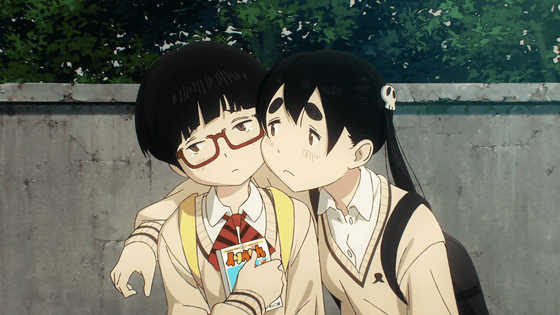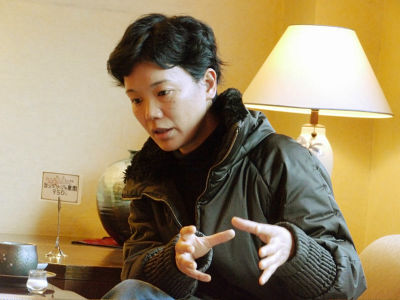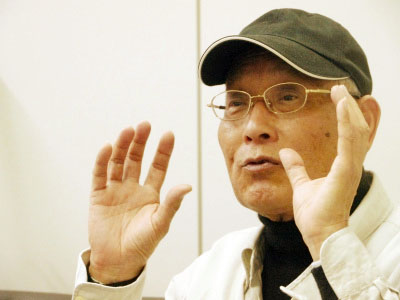An interview with director Kazutaka Watanabe of the film 'JoJo's Bizarre Adventure: The Confessional,' in which he talks about how the film was shot entirely in Venice, with the director feeling that it was just 'a shot of JoJo and the location'

The movie ' Kishibe Rohan: Confessional ' was released on Friday, May 23, 2025. This is the second live-action film of 'Kishibe Rohan: Confessional' a spin-off of 'JoJo's Bizarre Adventure' by manga artist Araki Hirohiko, and is a visualization of the first episode of the original work. The live-action version in which Takahashi Issei plays Kishibe Rohan has been broadcast in four series and nine episodes so far, and the first film 'Kishibe Rohan Goes to the Louvre' was released in 2023. However, this 'Confessional' is the origin, and as the title suggests, Kishibe Rohan 'doesn't move', so while there has been a lot of hope for its visualization, there has been a lot of attention on what kind of work it will be. We spoke to director Watanabe Kazutaka about how the director approached the work.
Official website for the movie 'Rohan Kishibe: The Confessional'
GIGAZINE (hereinafter referred to as G):
When the film adaptation of this work was announced, Director Watanabe commented, 'Even now that we've wrapped up filming, I still can't believe that we were able to shoot this memorable and important episode entirely on location in Venice.' At what stage in the planning process was it decided to film the entire movie on location in Venice?
Director Kazutaka Watanabe (hereinafter, Watanabe):
At first, we all talked about various things, including fantasies, like 'Should we start the story in Japan and then go to Venice?' or 'Should we set the story in another city besides Venice?' However, if we went from Japan to Venice, it would have been a similar story to the previous film, 'Going to the Louvre,' and Venice has many photogenic places, so we decided to just go ahead and make it 100% Venice.
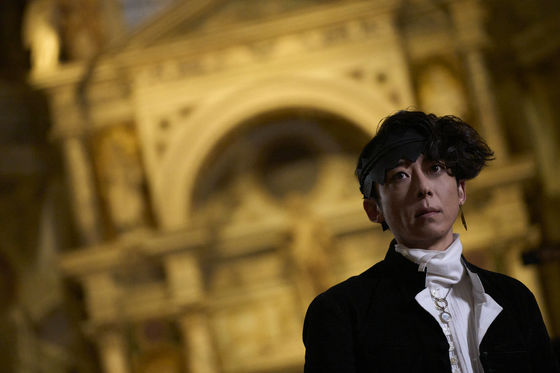
G:
Hearing that it was all shot on location in Venice gives the impression that it must have been very difficult in terms of budget and schedule. How long did it take?
Watanabe:
We shot for three weeks, so it was very packed.
G:
Was it a packed three weeks with no room for error? Or was it a three week period with some leeway?
Watanabe:
That's right... Sundays are off, and Saturdays are only a half-day shoot, which was the rule in Italy. We didn't have much time to finish filming within that time frame, and there was a lot of pressure, but thanks to everyone's help we were able to finish it.
G:
Did the three weeks go smoothly as planned? Or do you find yourself feeling rushed towards the end?
Watanabe:
Although the shooting went according to schedule, every day felt like a tightrope walk, so I couldn't let my guard down. Just because it was OK today doesn't mean it will be OK tomorrow, so as soon as shooting finished, I was constantly thinking about the next day.
G:
Even though things were on schedule, it was still like walking a tightrope.
Watanabe:
Of course, it was the weather. It seems that it generally rains a lot in Venice in November. I thought it would be fine if it rained all the time because the world of 'Rohan Kishibe' suits it, but we were blessed with great weather and didn't get rained on at all. It was a relief because it absolutely couldn't rain during the popcorn battle scene.
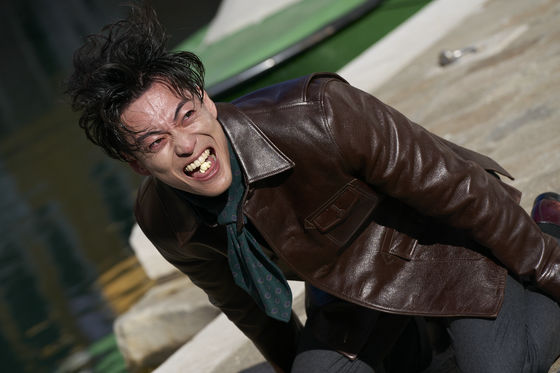
G:
Certainly, it has to be sunny (laughs).
Watanabe:
However, rain was forecast for the scheduled shooting day, so I had to think about how to rearrange the shooting schedule together with the assistant director and producers. However, if we were to rearrange the shooting date, the permission relationship would also change.
G:
Ah, I see.
Watanabe:
Because it is a World Heritage Site, things were very strict and there were some parts of the schedule that couldn't be changed much, so it was very difficult to decide what to move and where to stick to.
G:
There were a lot of difficult aspects to it. So what did you think went well or were the best parts of filming on location in Venice?
Watanabe:
In the end, there weren't any major problems and everything went well (laughs), but including that, we were really helped by the Italian staff, who were more than we'd expected in their enthusiasm to make it together with us and participated enthusiastically.
G:
Indeed, Takahashi Issei, who plays Rohan, commented on the Italian staff, saying, 'In addition to the staff I've worked with up until now, the addition of these wonderful, cheerful, and sincere staff from Italy has allowed us to create another new world for Kishibe Rohan.'
Watanabe:
Italy is the 'country of film,' and everyone was truly professional. Not only were they excellent at their work, but they were also very positive and cheerful, and had an atmosphere of 'enjoying your work.' I think Japanese people can sometimes take themselves a little too seriously, but I was reminded of the importance of enjoying each and every task. That kind of atmosphere spread throughout the entire film set, so even in tense situations, such as 'we need to finish filming in about three minutes,' rather than tension pervading the set, there was an atmosphere of 'we'll manage somehow,' and I thought this was very important.
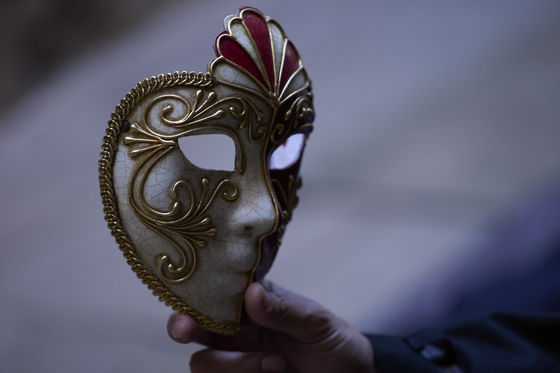
G:
This work is based on the first story of the manga 'Rohan Kishibe Doesn't Move', 'Confessional Room', but it is a work that shows a big development while being based on the original. Did you have any difficulties in creating the script?
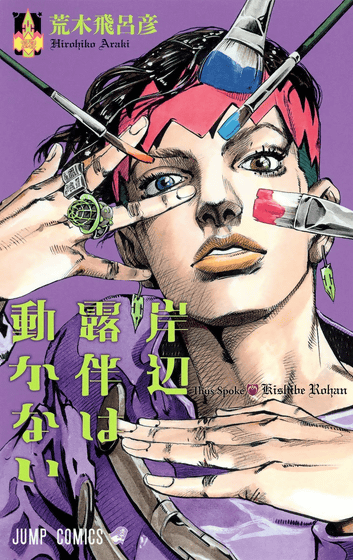
Watanabe:
The original 'Confessional' is highly complete, and it's difficult to reconstruct it, or rather, it's a work that can't be taken apart very easily. Also, in the original, Rohan Kishibe never leaves the confessional, and if you think about it logically, there's no drama there. However, I talked with the scriptwriter, Yasuko Kobayashi, about creating a big flow by drawing that episode firmly as one episode, and then expanding the epilogue in the second half to make Rohan play an active role.
G:
I see.
Watanabe:
The first half will be a proper coverage of the original episodes, and the second half will be an original episode derived from those to liven things up, creating a two-tiered structure.
G:
(laughs) I have to do both. In an interview for your previous film, 'Going to the Louvre,' you said that in order to turn it into a film, you needed to flesh out the story and make it consistent with the context, and that you had discussed this with Kobayashi-san. What did you discuss in particular this time?
Amazon.co.jp: Rohan Kishibe Goes to the Louvre Deluxe Edition (Limited Edition) [Blu-ray]: Takahashi Issei, Araki Hirohiko, Watanabe Kazutaka, Kobayashi Yasuko, Kikuchi Naruyoshi, Takahashi Issei, Iitoyo Marie, Nagao Kento, Ando Masanobu, Minami, Kimura Fumino: DVD
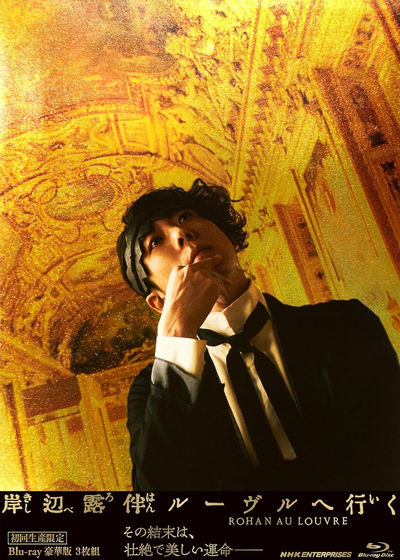
Watanabe:
We had a common understanding that we wanted to depict the original story without changing it too much, and we agreed on that point with almost no discussion. Of course, we had some meetings about how to flesh out the second half, but basically, we had them create it within Kobayashi's world.
G:
So, does that mean the script progressed fairly smoothly to the final draft?
Watanabe:
Well, in this case, there weren't many rewrites. I did have the task of feeding back the results of my location scouting and incorporating them into the script settings, but there were no major changes from the first draft.
G:
Feedback on location scouting results?
Watanabe:
Kobayashi-san wasn't able to go to Venice, so I asked him to write based on his own image, but I saw various locations on set and was able to figure out things like 'this scene would be effective in this location,' so I communicated that to him and had him make the adjustments.
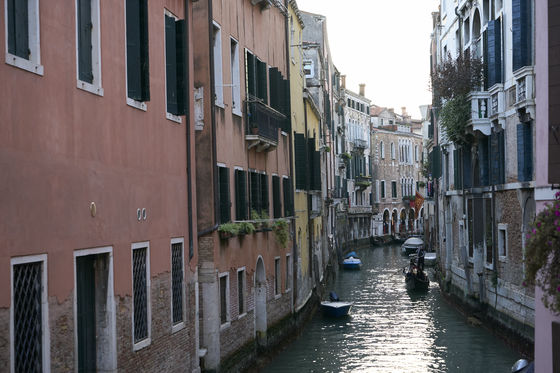
G:
What did you pay attention to and what were the key points you focused on when scouting locations?
Watanabe:
When scouting locations, you first go to A, then go to B, C, and so on, and of course you look at each location properly, but even while moving from A to B, I was always thinking about 'Is there anything interesting?' There were some places that only I was interested in that the people guiding me hadn't noticed, so I walked around the city of Venice with great concentration.
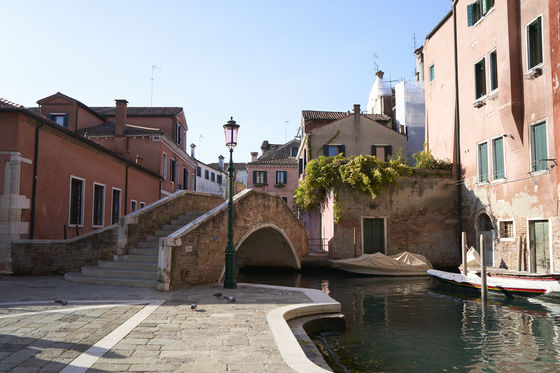
G:
I see. Let's move away from the work and ask a question about yourself. Director Watanabe has been reading Weekly Shonen Jump since he was a child, and he followed 'JoJo's Bizarre Adventure' in real time, which features Rohan Kishibe. What other manga did you read?
Watanabe:
At the time, Jump was at its peak, but most of the people around me were mainly reading Dragon Ball and Sakigake! Otokojuku, so we didn't really get to talk about JoJo.
G:
Is that so?
Watanabe:
That's right... Of course, I've been reading it since it first started being serialized, but I wasn't able to talk about JoJo until I went to university and started working and there were more JoJo fans around me.
G:
Also, in an interview you said about the special effects dramas of that time, 'There were some parts where the expressions were clumsy (compared to now), but regardless of that, they were fun and enjoyable, and I think that's the same even now.' What kind of works have you watched?
Watanabe:
I had some early experiences with Ultraman and Kamen Rider as they were being rebroadcast.
G:
Did your interest in video grow as a result of these viewing experiences? Or was there a particular trigger that led you to start working with video?
Watanabe:
I don't really know what triggered it either (laughs), but I think my experiences from childhood also had a big influence. I first thought about doing this kind of work when I was job hunting, and I never thought it would be my lifelong job, but now that I've been given the opportunity to work on 'Rohan Kishibe Doesn't Move' after turning 50, I've realized once again that my formative experience was when I was a child and loved special effects and watched them with fascination. I've been able to do a variety of jobs since my time at NHK, and I'm fortunate enough to be able to work as a director without any gaps, so I feel very blessed.
G:
It is striking that Director Watanabe has consistently said, 'More than being a film director, I want to shoot and create a variety of different types of footage.'
Watanabe:
That's definitely true. It doesn't matter if it's for film, television, streaming or anything else, I just want to shoot things that I find interesting.
G:
It's amazing that it can be sent to anywhere.
Watanabe:
Nowadays, everyone watches anything on their smartphones in the end. I don't think there's much of a distinction between movies and other things. Of course, I want people to watch it on a big screen or in a place with good acoustics, but not everyone wants that kind of environment, so I think I have to make something that is 'interesting no matter what environment you watch it in.' If I get lost, it can show on the screen, so I try to avoid that and shoot as hard as I can while having fun.
G:
This is the second film in the 'JoJo's Bizarre Adventure: Diamond is Unbreakable' series, but what kind of films have you personally seen that you like?
Watanabe:
I was impressed by the works of Hitchcock that I saw on late-night movies when I was in elementary and middle school. Perhaps because of this influence, I really like mystery and thriller genres.
G:
Movies have an overall tone and atmosphere, but were there any guidelines for bringing the tone together in this film?
Watanabe:
The 'Rohan Kishibe Doesn't Move' series is a group of works that highlight the dark side of the human heart, and the consistent policy throughout is to properly depict the dark side of light and shadow. In that sense, I tried to shoot in Venice not just in 'clean' or 'beautiful' places, but in places with a texture that gives a sense of the weight and negative aspects of history, and in places that feel a little rundown compared to the image of Venice.
G:
In making a film, a huge amount of footage is shot and then edited together, but was there anything you paid particular attention to or kept in mind when editing this film?
Watanabe:
Does this mean not using many close-ups of the characters?
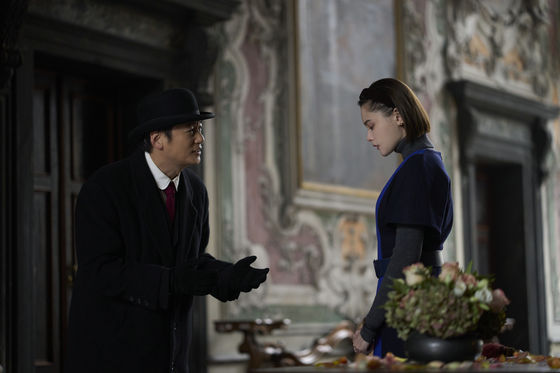
G:
'Don't use a lot of close-ups', I see... What was the intention behind that?
Watanabe:
Starting with Issei-san, everyone has such great expressiveness that even if I didn't take a picture of their faces and just took a picture of their backs, I could really understand everything. They acted so well that I wanted to keep taking pictures of their backs (laughs).
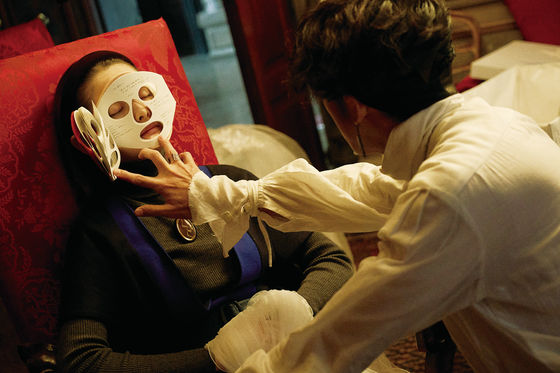
G:
That much (lol)
Watanabe:
So I thought it would be meaningful to not show my face until I really wanted it, and then hold off until the last possible moment and then show a close-up of my face. Some people might think 'What do you mean?' when I say 'I try not to show my face as much as possible,' but I want to leave as much room as possible for the viewer to imagine.
G:
I see... Indeed, I had been wondering how it was possible to create such a great atmosphere, but it seems that the way you presented it was effective.
Watanabe:
I think of the location as one of the characters, so when I take a photo I think of it as a two-shot of the location and Professor Rohan.
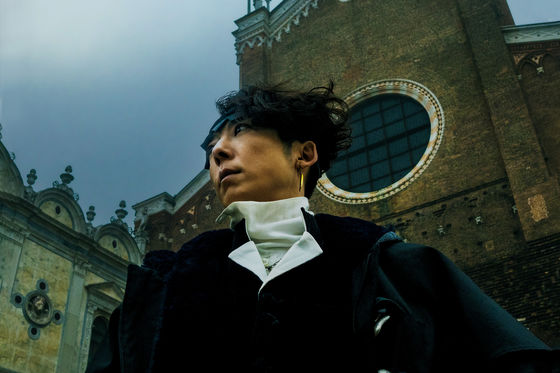
G:
Ah, I understand (laughs). Lastly, I think this is a must-see for fans, of course, but I think there will also be people who are experiencing 'Rohan Kishibe Doesn't Move' for the first time. Could you tell us any points you would like to recommend to such people?
Watanabe:
I'm trying to make it so that both people who know the original work and people who are watching it for the first time can enjoy it, and although it is a so-called entertainment movie, it is a work that is overflowing with the power of the actors' real acting and physical expression, and they are performing with all their heart and soul. I hope you can enjoy watching it while feeling the greatness of the acting.
G:
thank you very much.
The movie 'JoJo's Bizarre Adventure: Diamond is Unbreakable' will be released on Friday, May 23, 2025.
As a gift to attendees, a limited number of illustration cards drawn by Hirohiko Araki will be distributed.
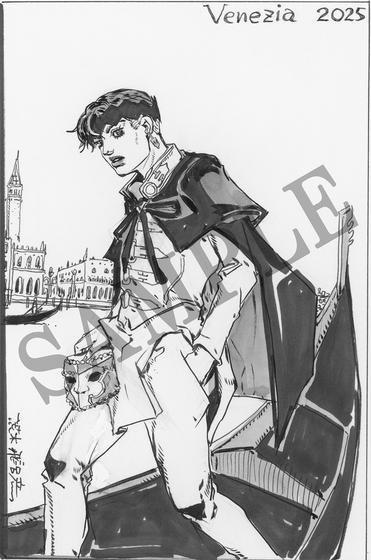
In addition, a video of a roundtable discussion between the main cast and Director Watanabe about the film has also been released, so be sure to check that out as well.
'Rohan Kishibe Doesn't Move: Confessional' Cast and Staff's Hearts Heaven's Door Project [Released on 5.23 (Fri)] - YouTube
© 2025『岸辺露伴は動かない 懺悔室』製作委員会 © LUCKY LAND COMMUNICATIONS/集英社
Related Posts:
